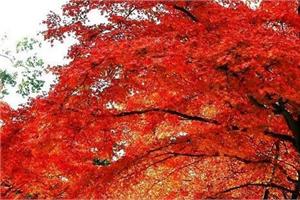Introduction to the growth habits and management of purple pearls
Flowering stems grow from leaves in late summer and early autumn, blooming purplish orange flowers. Let's take a look at the growth habits and management and maintenance of purple pearls.
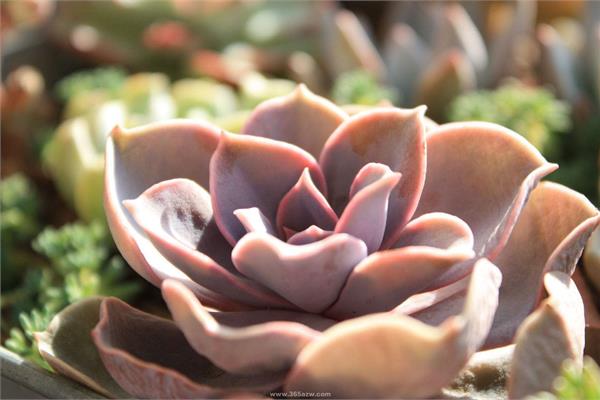
Introduction to the growth habits, Management and maintenance of Purple Pearl
Like light, warm, dry and ventilated environment, like light, drought tolerance, cold tolerance, shade tolerance, indoor air and stuffy environment, extremely adaptable, not resistant to hot sun exposure, no obvious dormancy period.
Prefer cool, dry and sunny environments and sandy soils with good drainage.
Light
The more sufficient the light is, the greater the temperature difference between day and night is, the brighter the leaf color is. When the temperature permits, it is best to put it outside for maintenance to ensure sufficient light. When the light is insufficient or the soil moisture is too much, the whole plant is light green or dark green, and the leaf sparse spacing elongates, which accelerates the upward growth, which seriously affects the ornamental property, and may even die because of the obstruction of plant photosynthesis.
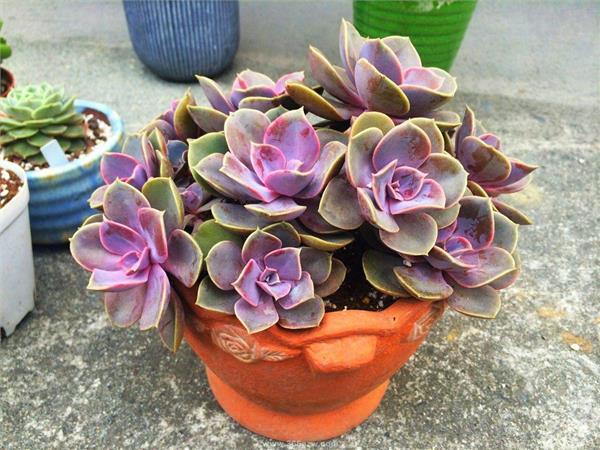
Moisture content
Because of the high water content in the plant, the purple pearl is easy to rot in the excessive humid environment. Don't water too much. In order to avoid water deposition in the root, it is best to choose a basin with a drainage hole at the bottom, and a red pottery basin with good air permeability can be used for beginners; glass containers are endothermic and have poor air permeability, so they should be used with caution.
Reference water quantity: once every 10 days or so, watering thoroughly each time. The watering frequency can be increased or decreased according to the climate differences of different regions and seasons.
Soil
It is suitable to be cultivated in sandy soil with good drainage and permeability for the removal of excess water and the growth of plant roots, and can be prepared with rotten leaf soil, sandy soil and garden soil. If the basin is changed every 1 ~ 2 years in spring, the necrotic old root can be cut off.
Temperature
Stop growing or mild frostbite when below 5 degrees Celsius, and water frozen cells in leaves below 0 degrees Celsius are necrotic. When the temperature is too high (more than 35 degrees Celsius) or too low (less than five degrees Celsius) in winter and summer, the plant growth should be temporarily reduced or stopped, and the watering frequency should be restored when the temperature is suitable. Pay attention to ventilation during high temperatures in summer to prevent prolonged exposure to the sun to avoid sunburn.
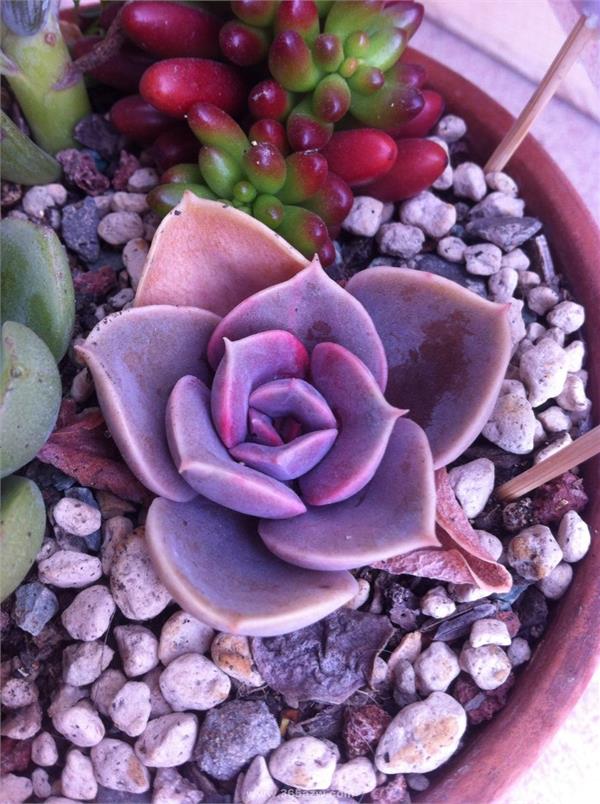
Pruning
Usually need to remove the dry old leaves in time, so as not to accumulate and lead to the growth of bacteria. When the plant grows excessively or grows too high, it can be molded by pruning the top branches and leaves and controlling the plant height to maintain the beauty of the plant type. The top part of the cut can be inserted into the sandy soil after drying the wound to take root and become a new plant. The stems and leaves at the bottom can sprout more lateral buds.
Fertilizer
Fertilization should not be too much, especially nitrogen fertilizer, otherwise the plant will grow too long and the leaves will not be red. Apply thin fertilizer dominated by phosphorus and potassium once a month.
Maintain in a ventilated environment, otherwise it is easy to get sick. The suitable temperature for its growth is 15-25 degrees, and not less than 5 degrees in winter; during the growing period, watering is dry and thoroughly, and water can be sprinkled around the plant when the air is dry, but the leaf surface, especially the center of the leaf clump, should not accumulate water, otherwise it will cause rotten heart; fertilization is generally applied every 20 days or so. The growing season is that the basin soil is completely dry and then watered in spring and autumn, and shade is needed in summer to reduce watering. Keep it in the sunny place indoors in winter.
Diseases and insect pests
The insect pests are mainly shell insects. More than 80% of the plants bought from flower markets and other places have shell insects on their roots. Early pests are often found in the roots or the center of the plant. when pests are found, they should be isolated from other plants immediately, cut off the roots that breed scale insects, and can be sprayed on the affected area or killed by root irrigation (fungicides such as chlorothalonil and carbendazim do not have insecticidal efficacy). It may take several cycles to kill the scale bug completely. Prevention can be mixed with a small amount of carbofuran or tachongdan.
The common diseases are mainly black rot (that is, plants blacken and rot, mostly in the roots), which mostly occur in summer, usually due to poor ventilation and high humidity and high temperature environment, but sometimes may also be caused by scale insects. After it is found, it needs to be isolated from other plants quickly. at the initial stage, the rotten parts can be cut off thoroughly, and a little fungicide (chlorothalonil, carbendazim, etc.) can be smeared on the cut. After the incision is dried, it can be inserted into the loose sand to take root again. If the black rot has spread to the growing point of the plant, it can be regarded as death and discarded as soon as possible to prevent infection. Other diseases (bituminous disease, etc.) can be treated by spraying diluted chlorothalonil, carbendazim and other fungicides. Prevention can be mixed with a little chlorothalonil, carbendazim and other fungicides.
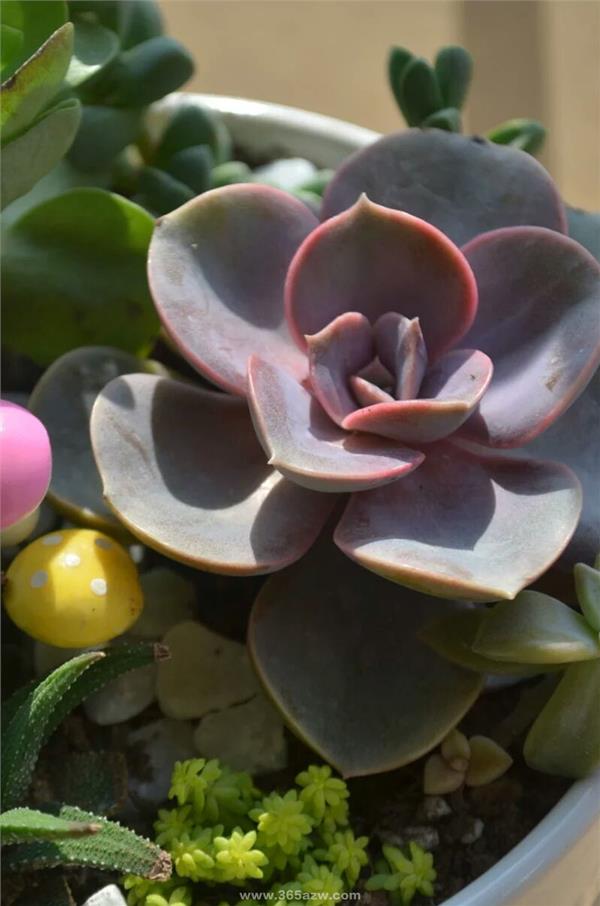
Breeding technology
There are mainly cuttings, ramets, leaf cuttings and branches.
Leaf insertion: lay the complete mature leaves on the moist sand with the leaves facing up and back down, without covering the soil and placing them in a shady place. in about 10 days, leaflets and new roots can grow from the base of the leaves, and the root system can be buried in the soil. after that, let it bask in the sun and water properly, and gradually it will grow into a strong new plant.
Stem cuttings are available for tillering or apical branches, and the cuttings cut are unlimited in length, but after the cut is dry, remove the lower leaves and insert them into the sand bed to avoid excessive water evaporation. Generally, it takes about 20 days to take root, and it can be watered after rooting. Before rooting, it is normal for the leaves at the bottom to dry and atrophy. The root system grows well, and water absorption is sufficient to regret the natural recovery. The soil should not be too wet, otherwise the cuts will turn yellow and rot easily. The pot can be changed when the root is 2-3 meters long, and ramet is best carried out in spring.
Breeding technology
There are mainly cuttings, ramets, leaf cuttings and branches.
Leaf insertion: lay the complete mature leaves on the moist sand with the leaves facing up and back down, without covering the soil and placing them in a shady place. in about 10 days, leaflets and new roots can grow from the base of the leaves, and the root system can be buried in the soil. after that, let it bask in the sun and water properly, and gradually it will grow into a strong new plant.
Stem cuttings are available for tillering or apical branches, and the cuttings cut are unlimited in length, but after the cut is dry, remove the lower leaves and insert them into the sand bed to avoid excessive water evaporation. Generally, it takes about 20 days to take root, and it can be watered after rooting. Before rooting, it is normal for the leaves at the bottom to dry and atrophy. The root system grows well, and water absorption is sufficient to regret the natural recovery. The soil should not be too wet, otherwise the cuts will turn yellow and rot easily. The pot can be changed when the root is 2-3 meters long, and ramet is best carried out in spring.
Related
- Wuhan Hospital Iron Tree Blooming Result Was Instantly Frightened by the Gardener Master
- Which variety of camellia is the most fragrant and best? Which one do you like best?
- What is the small blue coat, the breeding methods and matters needing attention of the succulent plant
- Dormancy time and maintenance management of succulent plants during dormancy
- Minas succulent how to raise, Minas succulent plant pictures
- What are the varieties of winter succulent plants
- How to raise succulent plants in twelve rolls? let's take a look at some experience of breeding twelve rolls.
- Attention should be paid to water control for succulent plants during dormant period (winter and summer)
- Watering experience of twelve rolls of succulent plants
- Techniques for fertilizing succulent plants. An article will let you know how to fertilize succulent plants.


